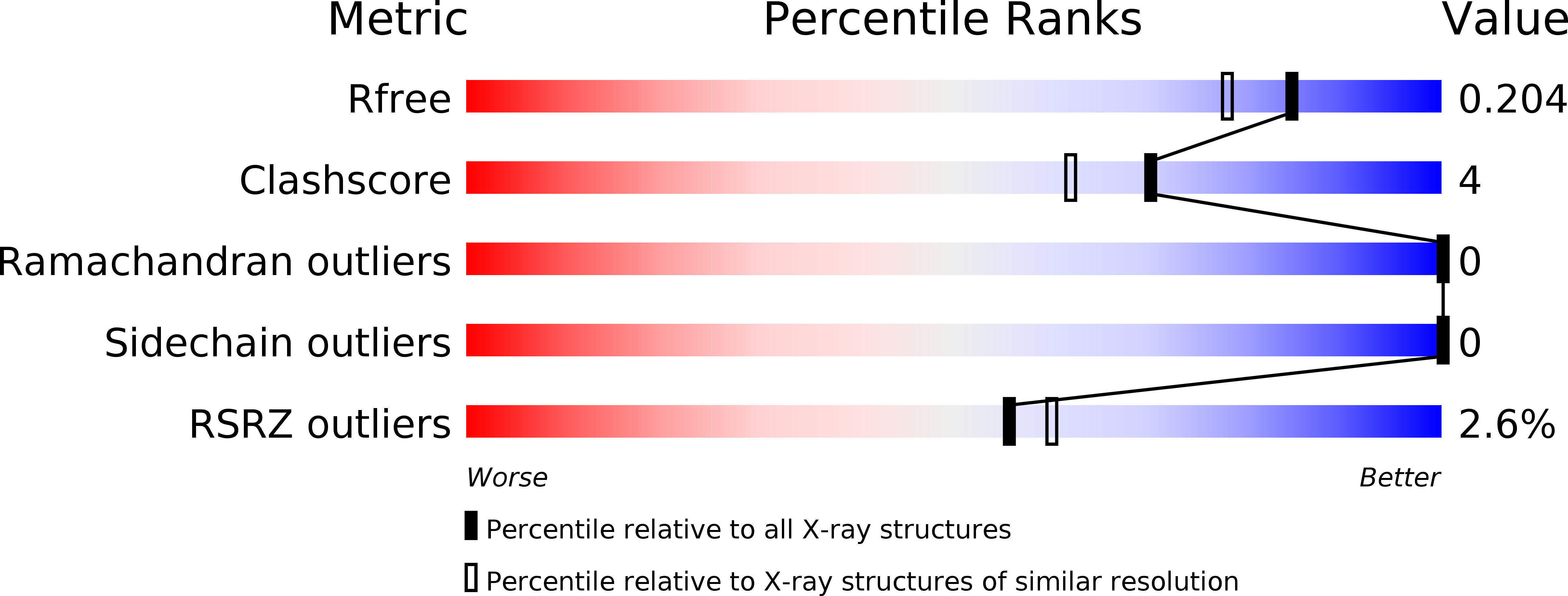
Deposition Date
2013-06-20
Release Date
2013-08-21
Last Version Date
2023-09-20
Method Details:
Experimental Method:
Resolution:
1.70 Å
R-Value Free:
0.20
R-Value Work:
0.16
R-Value Observed:
0.17
Space Group:
P 1 21 1


